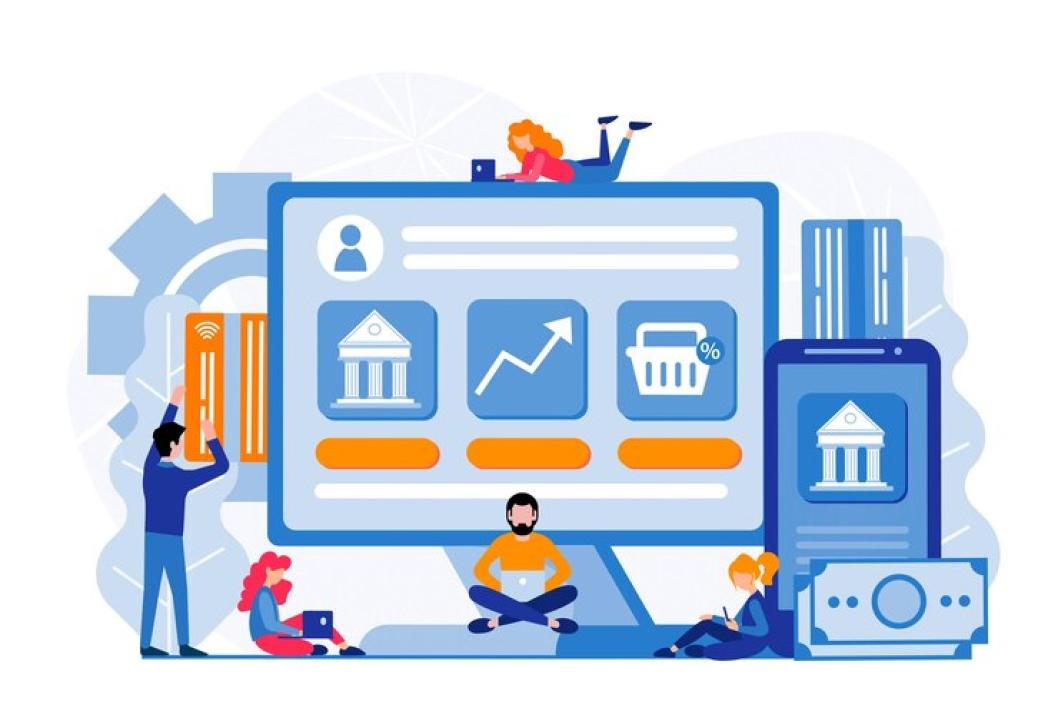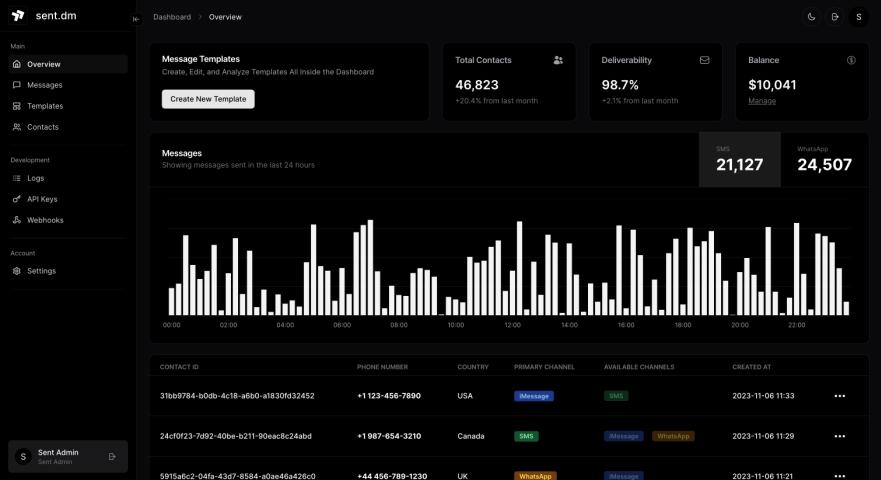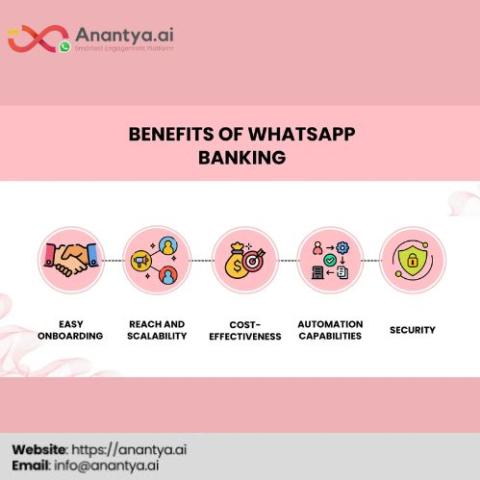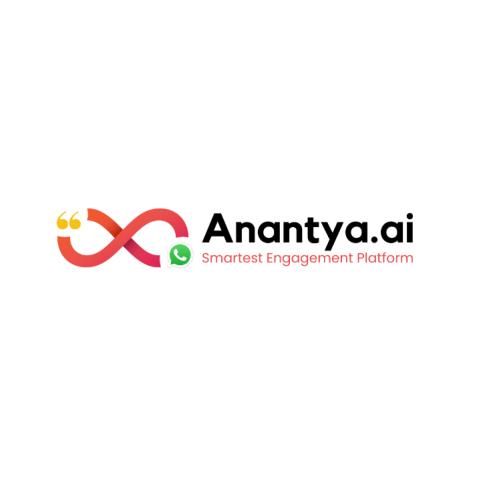The way banking has evolved through the years is indeed commendable. With advancements in technology, banking has become digital. This has provided convenience to their customers.
However, with time, traditional banks have adopted technology and reduced the problem of visiting the branches to some extent. In contrast, agency banking has taken the work to the next level, where you can directly reach your customers through agents. This can help you extend your services to underprivileged areas.
This blog will give you an understanding of traditional banking & agency banking and how both banks operate and the key differences between them.
Let’s start from the beginning, where it all started right from traditional banking.
A snapshot of traditional banking
Traditional banking has been the keystone for financial services for years now. With its phenomenal growth, it has established itself a strong base in the market. Let’s have an in-depth look at traditional banking.
The evolution of banking
Traditional banking evolved from simple systems to formal institutions offering secure deposits, loans, and financial services. These banks operated through physical branches, providing personalized support and fostering customer trust. Over time, they introduced basic technological tools like ATMs to enhance convenience.
Core services of traditional banking
Traditional banks offer a wide range of services, including deposit accounts, loans, investment solutions, and wealth management. These services are centralized at brick-and-mortar branches, where they provide a secure and controlled environment.
Diverse Service Offerings
Traditional banks cater to specific customer segments by offering tailored services, especially to long-term clients. For example, a senior customer with a 20-year banking relationship with his home branch might get a loan with minimal formalities, unlike new customers, who must meet standard requirements. This approach highlights the value of loyalty and personalized service.
Personalized customer service
Face-to-face interactions at branches allow traditional banks to deliver personalized financial advice. This human touch builds trust and fosters long-term customer relationships, which sets them apart from remote or digital-only banking options.
Agency Banking: The new wave of financial services
Agency banking is a modernized banking service that can enable your bank to reach out to people who cannot come to their physical branches. Here you can offer services to the customers in their localities, which reduces their frequent visits to their physical branch.
The new age of banking
Agency banking has emerged as a transformative model that bridges the gap between financial institutions and unbanked or underbanked communities. It aligns with global efforts to improve financial inclusion by leveraging local agents.
Key services provided
Through agents, agency banking provides essential services like cash deposits, withdrawals, fund transfers, and account openings. Agents also facilitate utility payments and assist with micro-loans, which makes banking accessible and convenient for your customers.
Role of agents
Agents act as intermediaries between your customers and your bank. You can offer services in areas where opening a full-fledged branch may not be viable for you while ensuring last-mile connectivity.
Customer experience in agency banking
Agency banking allows you to offer an exceptional experience to your customers in their nearest area. This is one of the major advantages. Where your customers no longer need to travel to your physical bank branch. Local agents create a more familiar atmosphere which fosters customers’ trust and satisfaction.
Key differences between agency banking and traditional banking
Though the functional aspects are similar, the operating is quite different in both systems. Let’s dive deeper into how these both function in the market.
Risk management
Traditional banks rely on stringent regulations and internal policies to manage risks. Agency banking, on the other hand, faces unique challenges, such as fraud risks at the agent level. However, technology plays a crucial role in mitigating these risks for agents.
Adaptability to market changes
Agency banking is generally more flexible in adapting to market changes, as it can quickly enter new markets or adapt to customer needs. Whereas, traditional banking is restrained by physical infrastructure and high installation costs, which might be a struggle for them to adapt quickly.
Cost structure
Operating a traditional branch is expensive due to infrastructure, staffing, and maintenance. Agency banking significantly reduces costs by using local agents and leveraging a branchless banking platform, making it more cost-efficient..
Financial inclusion impact
Agency banking has made a remarkable impact on financial inclusion by expanding its services to underprivileged areas. Traditional banking focuses more on urban and semi-urban areas. The reason is facing difficulty in reaching the underprivileged populations effectively.
Revenue generation models
Traditional banking generates income through interest, investments, fees, etc. Agency banking, on the other hand, has a different revenue model, which may include transaction fees, commissions, etc.
Why agency banking is the future: key advantages for your banks
Agency banking has proven very fruitful among the places where people are not been able to access financial services on a speedy basis. Let’s understand the core benefits of agency banking in depth here.
Technological integration
Agency banking solutions can perfectly integrate with digital platforms like mobile banking apps and POS devices. This offers efficiency in operations. This integration enhances efficiency, improves security, and streamlines operations for both agents and customers.
Flexibility and scalability
Agency banking offers a scalable model. You can quickly expand to new locations without the heavy investment needed for physical branches. This flexibility makes it ideal for reaching underserved regions.
Community engagement
Agents are often members of the local community. They become the trusted figures among the community. This connection builds trust, fosters relationships, and promotes the adoption of banking services among reluctant customers.
Global perspectives
Globally, agency banking has proven successful in bridging financial gaps. Countries in Africa, Asia, and Latin America have adopted it to drive financial inclusion and economic growth. Your banks can strengthen agency banking models by adopting proven approaches from around the world.
Lower entry barriers
Your bank can establish agency banking with minimal investments, while your customers can assess the services without immense documentation and process. It also minimizes the need for heavy investments in infrastructure while ensuring service availability.
Increased transaction volume
With the accessibility of agency banking, you can get a larger customer base which significantly boosts the transaction rates as more customers will engage with the services, the more beneficial it is for both your banks and agents.
Conclusion
To wrap up, both agency banking and traditional banking have their advantages and disadvantages. Often traditional banks include more formal processes, administrative formalities, and procedures. While agency banking focuses on convenience, accessibility, and affordability, particularly for underserved areas.
As the financial landscape changes, the importance of agency banking becomes evident. It can boost financial inclusion and complement traditional banking, thereby creating a holistic ecosystem that serves diverse customer needs.
As the financial landscape continues to evolve, agency banking offers your banks, an innovative way to grow and promote financial inclusion. By integrating agency banking with your existing services, you can position your bank as a leader in the future of financial services.


















